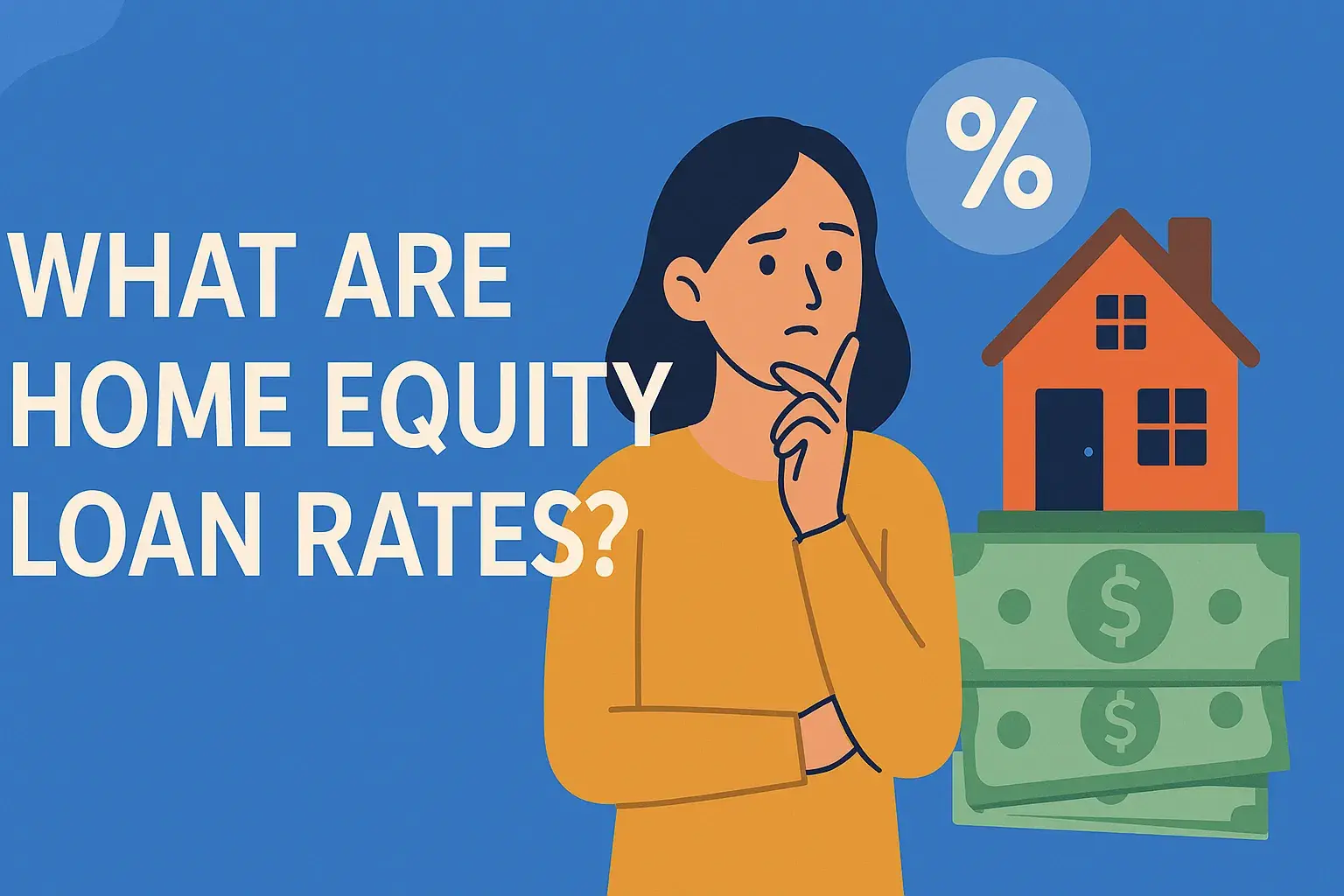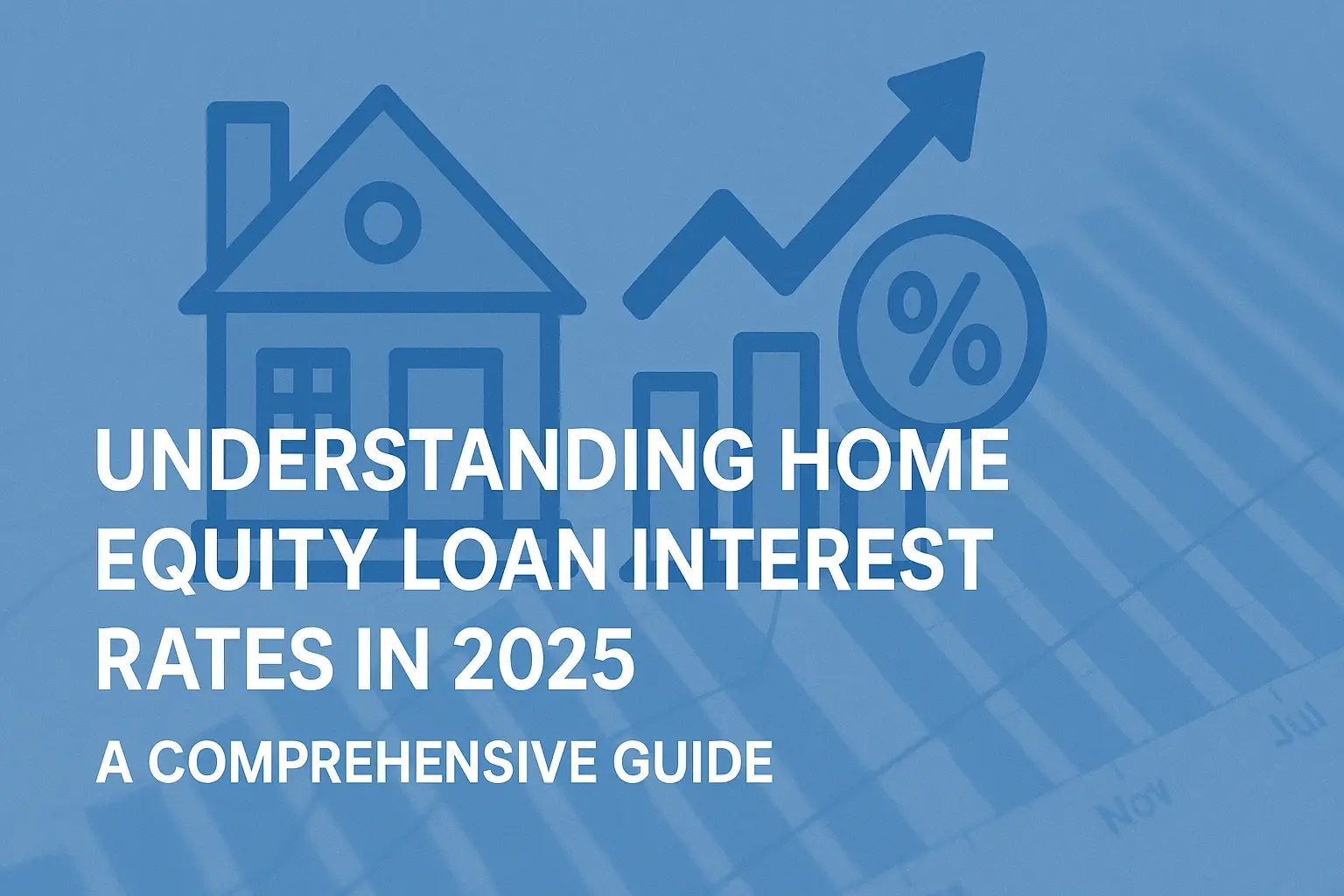-
Posted on: 23 Aug 2024

-
Dreaming of owning a home in a rural area? The USDA (United States Department of Agriculture) Single Family Housing Guaranteed Loan Program can make that dream a reality. This program offers a fantastic opportunity for eligible homebuyers to purchase a home with no down payment, making homeownership more accessible and affordable. This guide will walk you through the entire process of applying for a USDA home loan, from understanding the eligibility requirements to closing on your new home.
Understanding USDA Home Loans
The USDA loan program is designed to assist low- to moderate-income individuals and families in purchasing homes in eligible rural areas. Unlike traditional mortgages, USDA loans often require no down payment, making them an attractive option for first-time homebuyers or those with limited savings. The USDA guarantees the loan, which means that if the borrower defaults, the lender is protected, encouraging lenders to offer more favorable terms.
Benefits of a USDA Loan
- No Down Payment: This is perhaps the most significant advantage, as it eliminates the need to save a substantial amount of money upfront.
- Low Interest Rates: USDA loans typically offer competitive interest rates, often lower than conventional mortgages.
- Mortgage Insurance: While there's no private mortgage insurance (PMI) as with some conventional loans, USDA loans have an upfront guarantee fee and an annual guarantee fee, which are generally lower than PMI.
- Flexible Credit Requirements: USDA loans can be more forgiving with credit scores compared to conventional loans, although having a good credit history is still beneficial.
- Eligible for New and Existing Homes: You can use a USDA loan to purchase a new construction home or an existing home in a qualifying rural area.
- Renovation Option: Some USDA loans can be used for renovations and repairs.
Step-by-Step Guide to Applying for a USDA Home Loan
- Check Your Eligibility: The first step is to determine if you meet the USDA's eligibility requirements.
- Find an Eligible Property: The property must be located in a USDA-eligible rural area.
- Get Pre-Approved: Before you start house hunting, get pre-approved for a USDA loan.
- Find a Home: Once pre-approved, begin your search for a suitable home.
- Make an Offer: Once you find a home you love, make an offer.
- Loan Application: Complete the formal loan application with your chosen lender.
- Underwriting: The lender will review your application, income, credit history, and the property appraisal.
- Appraisal: An appraisal will be conducted to determine the fair market value of the property.
- Loan Approval: If everything checks out, your loan will be approved.
- Closing: Schedule a closing date and finalize the loan.
1. Check Your Eligibility
Eligibility for a USDA home loan is based on several factors, including income, location, and creditworthiness. Here’s a breakdown:
a. Income Requirements
USDA loans are designed for low- to moderate-income borrowers. The USDA sets income limits for each county, which are typically capped at 115% of the median household income for the area. You can find the specific income limits for your county on the USDA website. It's crucial to understand that this is *adjusted* gross income, which means certain deductions might be applied to your total gross income.
Calculating Adjusted Annual Income: Your lender will help you determine your adjusted annual income. This generally involves starting with your gross annual income and subtracting certain allowances, such as:
- $480 for each dependent child
- Childcare expenses
- Disability expenses
- Elderly family member care expenses
b. Location Requirements
The property must be located in a USDA-eligible rural area. The USDA defines "rural" broadly, and many suburban and exurban areas qualify. You can check the eligibility of a specific address using the USDA's online eligibility map on their website. Don't assume an area is ineligible just because it's near a city. Check the map!
c. Credit Requirements
While USDA loans are more lenient than conventional loans, you still need a reasonable credit history. A credit score of 620 or higher is generally recommended. However, some lenders may work with borrowers with lower scores. A history of timely payments is crucial, and significant derogatory credit events, such as bankruptcies or foreclosures, will need to be resolved.
d. Occupancy Requirements
You must occupy the home as your primary residence. USDA loans are not for investment properties or vacation homes.
e. Citizenship Requirements
Applicants typically need to be U.S. citizens, U.S. nationals, or qualified aliens.
2. Find an Eligible Property
Once you've confirmed your eligibility, the next step is to find a property that qualifies for a USDA loan. Remember, the property must be located in a USDA-eligible rural area. Utilize the USDA's eligibility map to verify the location of any property you're interested in. Consider working with a real estate agent who is familiar with USDA loans and the qualifying areas in your region.
3. Get Pre-Approved
Getting pre-approved for a USDA loan is a crucial step before you start house hunting. Pre-approval involves a lender reviewing your financial information, including your income, credit history, and assets, to determine how much you can afford to borrow. This gives you a clear understanding of your budget and makes you a more attractive buyer to sellers. To get pre-approved, you'll typically need to provide the lender with:
- Proof of income (pay stubs, tax returns)
- Bank statements
- Credit report
- Identification (driver's license, social security card)
4. Find a Home
With your pre-approval in hand, you can begin your search for a suitable home within your budget and in a USDA-eligible area. Work with a real estate agent to find properties that meet your needs and preferences. Attend open houses, schedule private showings, and carefully evaluate each property.
5. Make an Offer
Once you find a home you love, it's time to make an offer. Your real estate agent will help you prepare a purchase agreement that includes the price you're willing to pay, contingencies (such as a home inspection and appraisal), and the closing date. Be prepared to negotiate with the seller to reach an agreement that works for both parties.
6. Loan Application
After your offer is accepted, you'll formally apply for the USDA loan with your chosen lender. This involves completing a detailed loan application and providing all the necessary documentation, including:
- Purchase agreement
- Income documentation
- Asset documentation
- Credit history
- Identification
The lender will verify all the information you provide and begin the underwriting process.
7. Underwriting
Underwriting is the process where the lender assesses the risk of lending you money. They will thoroughly review your application, income, credit history, and the property appraisal. The underwriter will verify your employment, analyze your debt-to-income ratio, and evaluate your creditworthiness. This process can take several weeks.
8. Appraisal
An appraisal is a critical step in the loan process. The lender will order an appraisal to determine the fair market value of the property. The appraiser will inspect the property and compare it to similar homes in the area to arrive at an estimated value. The appraisal ensures that the lender is not lending more money than the property is worth.
9. Loan Approval
If everything checks out during the underwriting and appraisal processes, your loan will be approved. The lender will issue a loan commitment, which outlines the terms of the loan, including the interest rate, loan amount, and closing costs. Review the loan commitment carefully and make sure you understand all the terms before proceeding.
10. Closing
Once you've received loan approval, you can schedule a closing date. At the closing, you'll sign all the necessary documents, pay closing costs, and receive the keys to your new home. Congratulations! You're now a homeowner.
Tips for a Successful USDA Loan Application
- Improve Your Credit Score: A higher credit score can increase your chances of approval and help you secure a lower interest rate. Pay your bills on time and avoid opening new credit accounts before applying.
- Reduce Your Debt: Lower your debt-to-income ratio by paying down outstanding debts. This will make you a more attractive borrower to lenders.
- Gather Your Documents: Organize all the necessary documents before applying for the loan. This will speed up the application process and prevent delays.
- Work with an Experienced Lender: Choose a lender who is familiar with USDA loans and has a proven track record of success.
- Be Patient: The USDA loan process can take time, so be patient and responsive to the lender's requests.
- Understand the Guarantee Fees: Be aware of the upfront and annual guarantee fees associated with USDA loans and factor them into your budget.
Common Mistakes to Avoid
- Failing to Check Eligibility: Don't waste time applying for a USDA loan if you don't meet the eligibility requirements.
- Underestimating Closing Costs: Be prepared for closing costs, which can include appraisal fees, title insurance, and other expenses.
- Overlooking Property Eligibility: Make sure the property is located in a USDA-eligible area before making an offer.
- Ignoring Credit Problems: Address any credit issues before applying for the loan.
- Providing Inaccurate Information: Be honest and accurate on your loan application. Misrepresenting information can lead to denial.








